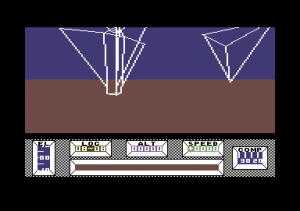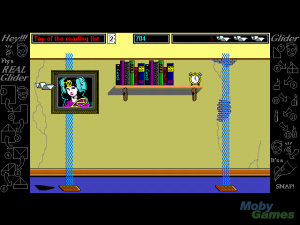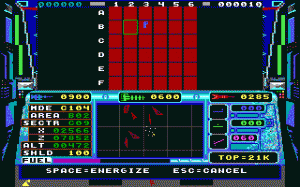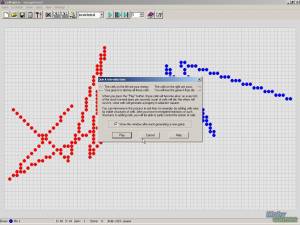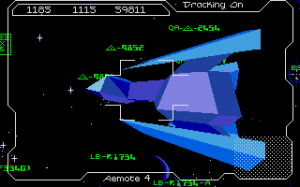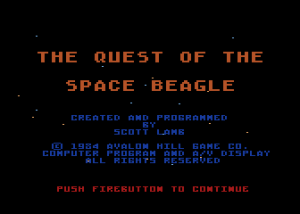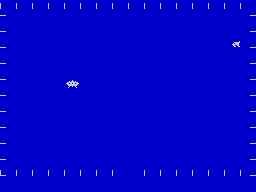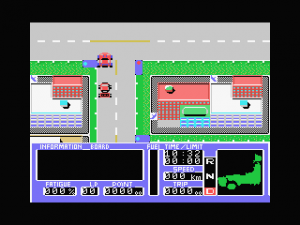Game Classification
Trauma Team Atlus Co. (Japan), Atlus U.S.A., 2010
Classification
VIDEO GAMEKeywords
Market
This title is used by the following domains:- Entertainment
Audience
This title targets the following audience:Age : 12 to 16 years old / 17 to 25 years old
General Public
Gameplay
The gameplay of this title is Game-based(designed with stated goals)
The core of gameplay is defined by the rules below:
Similar games
 The fifth game in the Trauma series, Trauma Team expands the series' standard surgery gameplay to include five other medical fields. The stylized Trauma interface and Wii controls are adapted to new gameplay styles for these fields, while the series' traditional time limits have been removed to appeal to a broader audience. The player controls a unique character for each of the six modes, with each discovering a portion of an overarching storyline revealed as the game progresses.Surgery returns from the previous games with few changes. Players must use quick reflexes and repeating procedures to perform various operations. The Wii Remote is used to direct the application of various surgical tools, from applying healing gel to "pinching" with forceps to remove foreign objects. In 2-player co-op, tools are divided between the players, giving each player a distinct "role" in the surgery.
The fifth game in the Trauma series, Trauma Team expands the series' standard surgery gameplay to include five other medical fields. The stylized Trauma interface and Wii controls are adapted to new gameplay styles for these fields, while the series' traditional time limits have been removed to appeal to a broader audience. The player controls a unique character for each of the six modes, with each discovering a portion of an overarching storyline revealed as the game progresses.Surgery returns from the previous games with few changes. Players must use quick reflexes and repeating procedures to perform various operations. The Wii Remote is used to direct the application of various surgical tools, from applying healing gel to "pinching" with forceps to remove foreign objects. In 2-player co-op, tools are divided between the players, giving each player a distinct "role" in the surgery.
First Response is similar to surgery, but with a quick pace focused on stabilizing patients instead of treating them. Players may have multiple patients at one time, with indicators at the top of the screen showing a rough estimate of each patient's vitals. The player can switch between treating patients as each one's condition worsens. The death of a patient in this mode is not a game over, and a limited amount of losses is considered acceptable.
Diagnosis requires players to interview and examine patients in an office setting. The player may ask questions and order tests in order to identify symptoms. Symptoms are matched up with illnesses through a computer interface, with a meter increasing as the likely cause is narrowed down. The ultimate goal is a correct identification of the patient's ailment.
Orthopedics has the player performing skeletal surgeries such as reinforcing bones and replacing artificial joints. Each surgery is done in very specific steps, with the correct tool automatically selected at each stage. The Wii Remote is used to set bones, screw in metal plates, or hammer in pins. The vitals meter is removed in this mode, and players are allowed a limited number of errors (swinging the remote too hard, missing a screw, etc) before failing the surgery. Performance is ranked by a running "chain" meter that adds multipliers for performing actions without mistakes.
Endoscopy has the player inserting and guiding a camera tube into the patient in a first-person view from the camera. Players feed the tube into the patient by pushing the Wii Remote forward, and must steer to avoid hitting the walls of the veins or cavities the tube is traveling through. After locating the goal of the surgery (tumors, lesions, etc), the player must select tools and accurately apply them as in the surgery game. In two-player mode, players switch between controlling the endoscope and aiming its light.
Forensics introduces various crime scenes the player must investigate. This mode plays similar to a traditional point-and-click adventure, with the player using the Wii Remote's pointer to locate and examine clues around the area. Players can also examine victims and perform autopsies. Clues or important points take the form of cards, which may be sent off for analysis, or combined with other cards. The player then uses these cards (or multiple choice answers) to answer questions regarding the specifics of the crime to proceed with the investigation.
[source:mobygames]
Distribution : Retail - Commercial
Platform(s) : Wii
 Français
Français English
English





